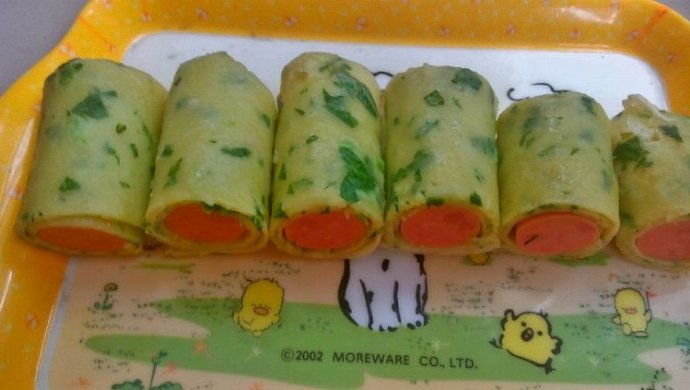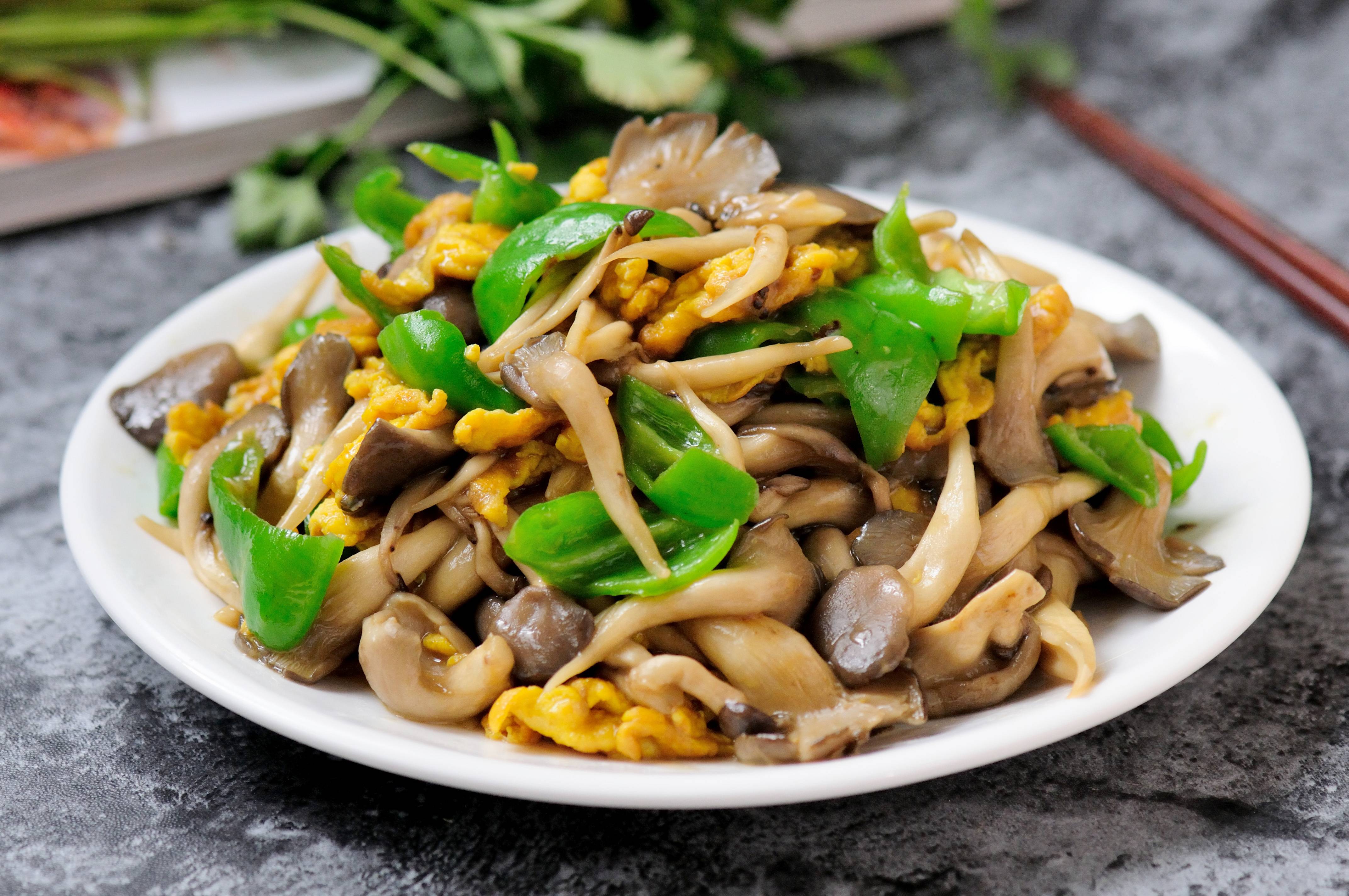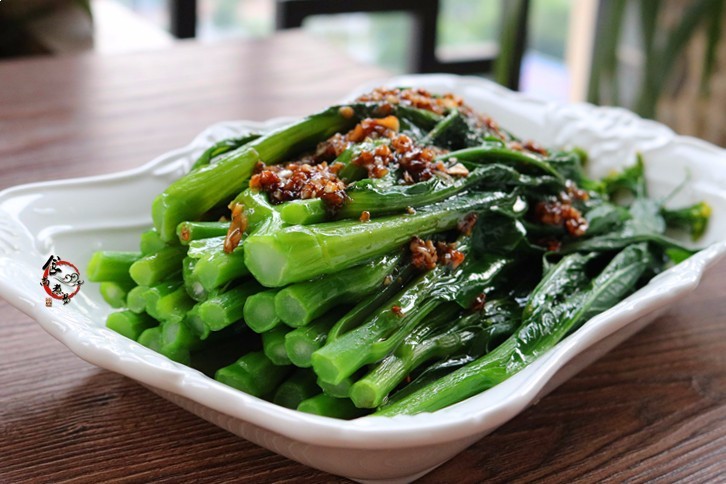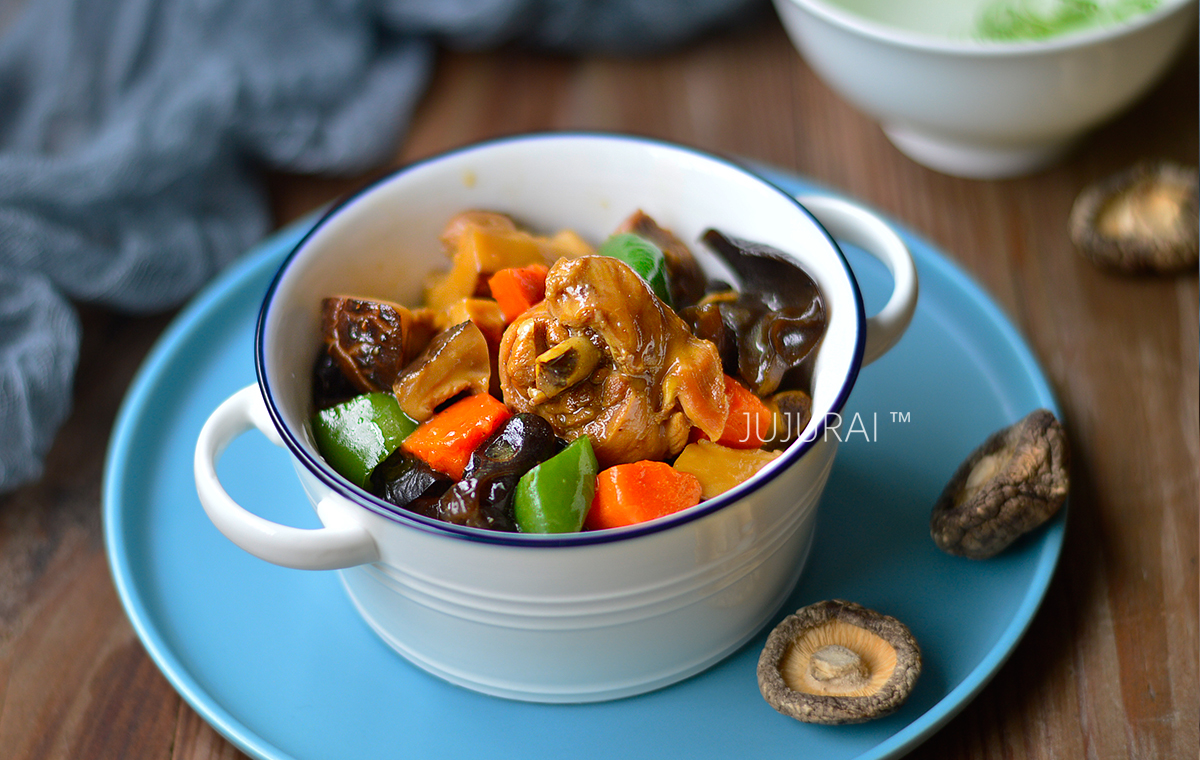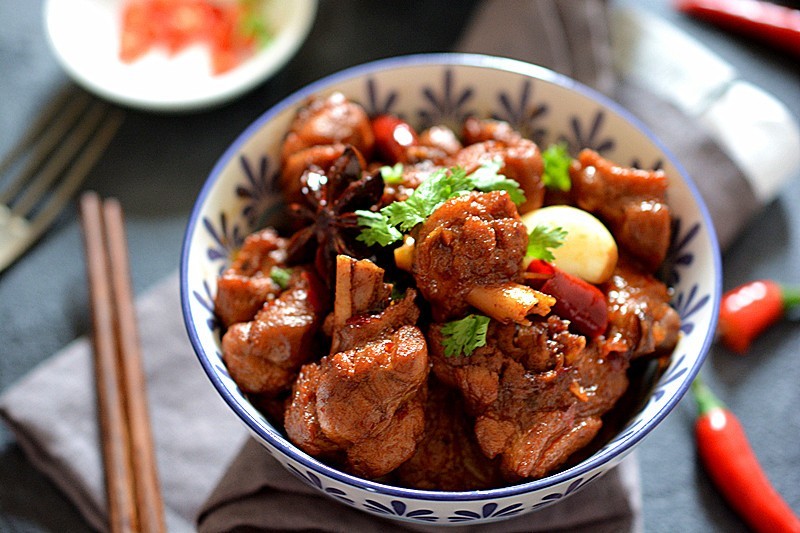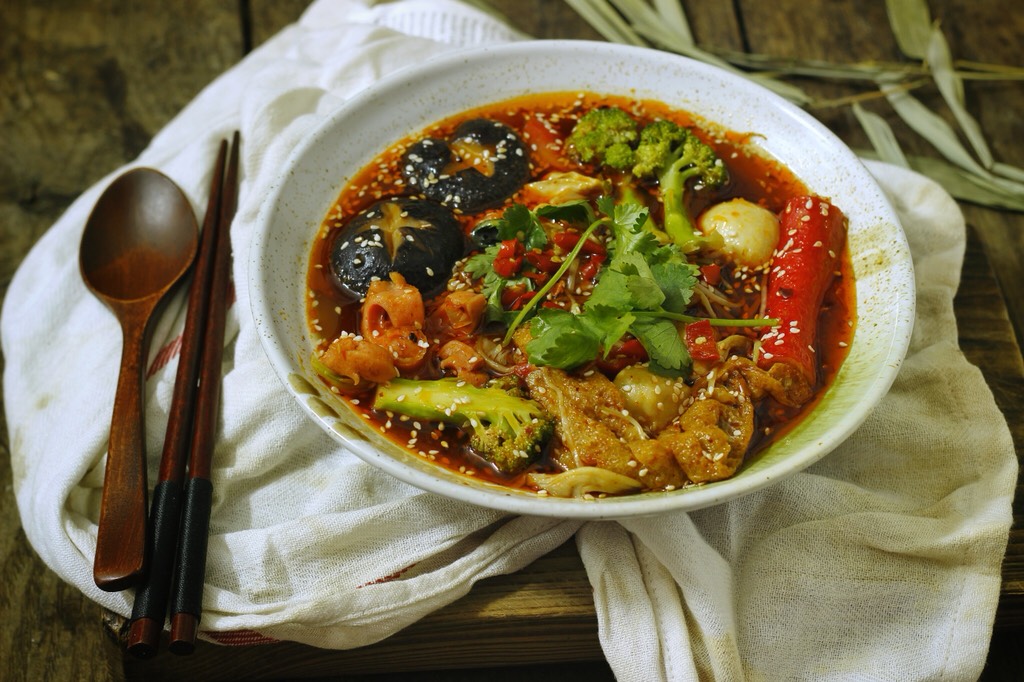Original basic chiffon cake
Ingredients
- Egg yolk 4 pieces
- Corn oil 40g
- Fine sugar 27 grams
- Water 40 grams
- Cake flour 60g
- Cornstarch 5 grams
- Egg white 4 pieces
- Lemon juice A few drops
- Fine sugar (whipped egg whites) 47 grams
Steps
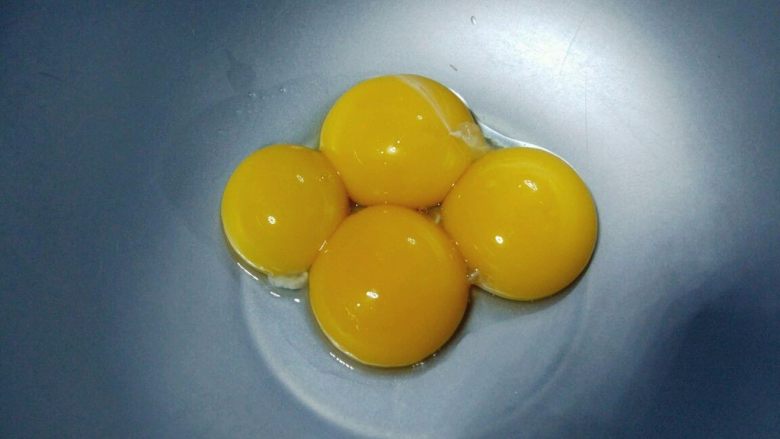
1. Separate egg whites and egg yolks and put them into water-free and oil-free egg beating basins. At the same time, preheat the oven to 150 degrees for 10 minutes.
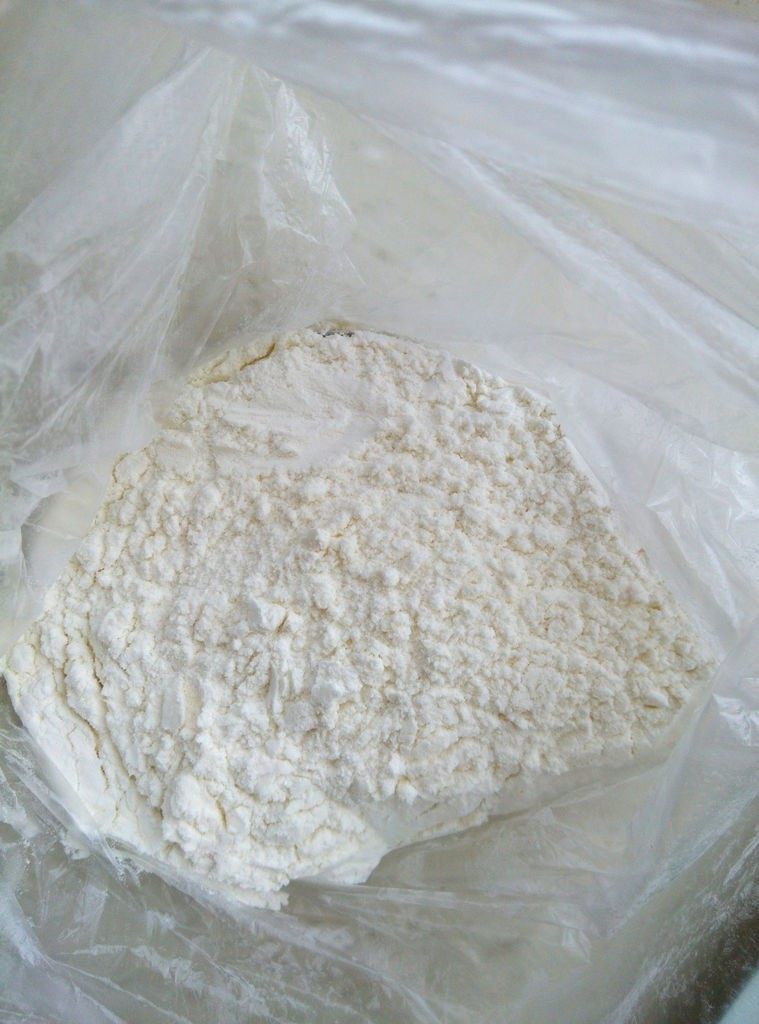
2. Sift the flour and cornstarch and set aside. You can also use all cake flour. Cornstarch has lower gluten and lighter weight, which is beneficial to expansion and tissue stability. After sifting, the powder becomes more delicate to avoid impurities or moisture agglomeration
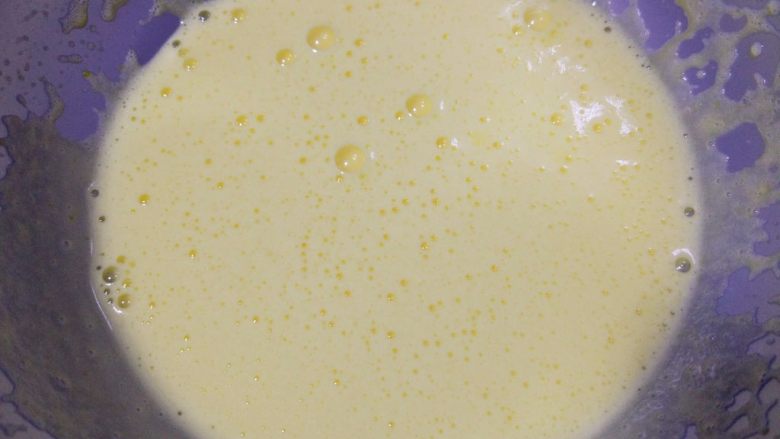
3. Add the water, fine sugar, and corn oil marked in the main ingredients to the egg yolks, and beat with a whisk until the volume becomes larger and the color becomes lighter and fluffy. The smaller the particles of grease, the more evenly distributed they are. This can be done with a hand whisk.
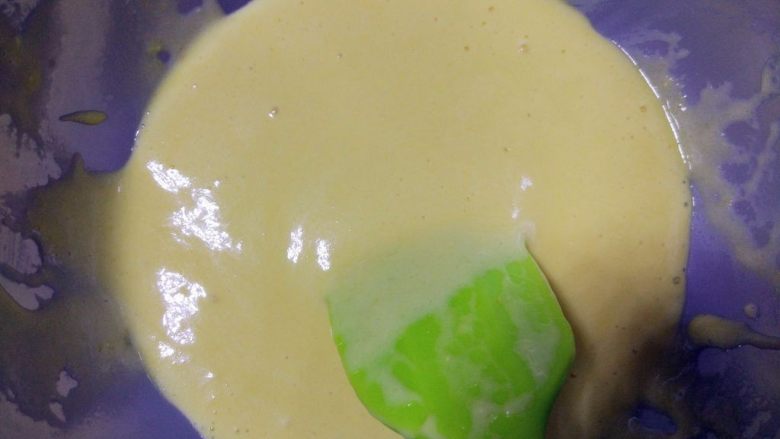
4. Sift in the mixture of low-gluten flour and cornstarch, stir from the bottom to a fine and sticky state, and set aside. Do not over-stir to avoid gluten. If there are really lumps, you can pass the batter through Sieve once
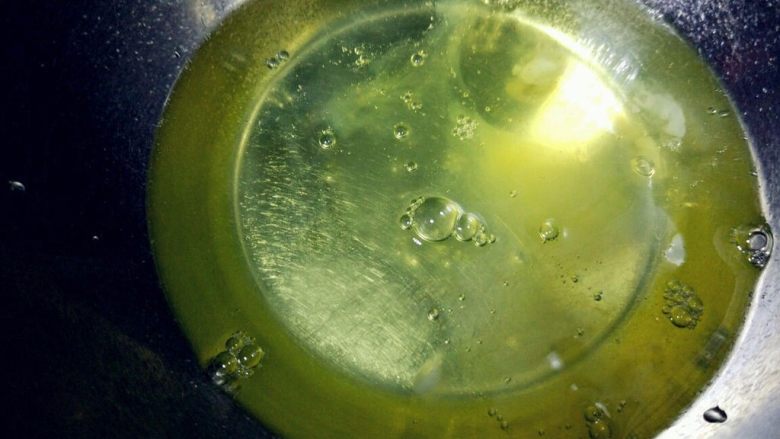
5. Add a little lemon juice or white vinegar to the separated egg whites, and use an electric egg beater to beat in circles at a constant speed in one direction. Egg whites are alkaline. Add acidic lemon juice or white vinegar to neutralize them, which will make them easier to whip.
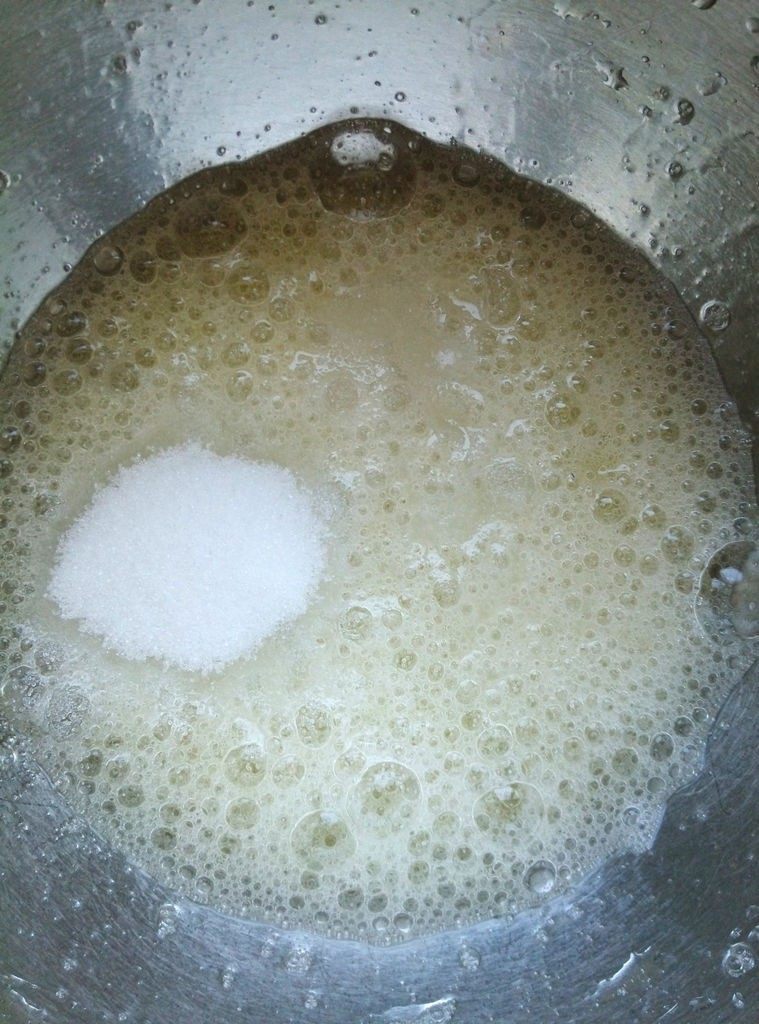
6. It is better to use lemon juice, which can remove the fishy smell and improve the fragrance. It’s okay to add neither. Whip until it looks like fish-eye bubbles as shown in the picture, add one-third of the fine sugar marked in the accessories, and continue to whip. The friction between fine sugar particles can bring in air
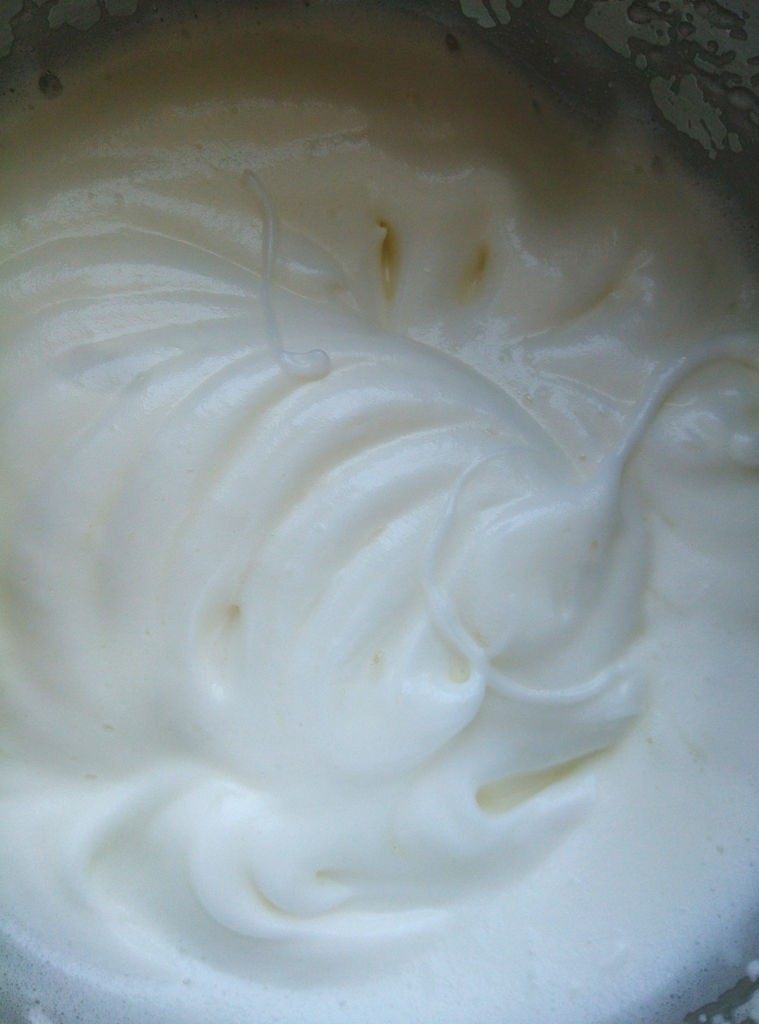
7. Beat until the traces are obvious like the picture, add one-third of the fine sugar marked in the accessories, and continueContinue to send.
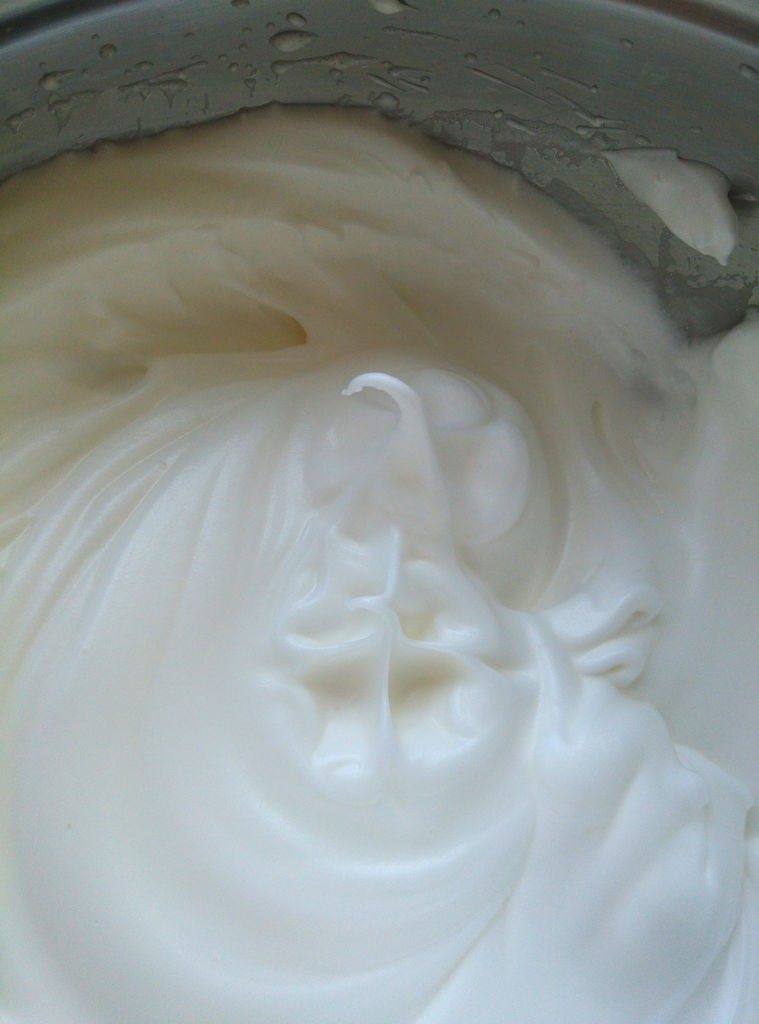
8. Beat until it reaches a hooked state as shown in the picture. This is wet foaming. If you are making cake rolls, this state is fine. But the chiffon cake needs to continue and add the last third of the sugar to beat.

9. Beat until stiff foam forms. As shown in the picture, after stopping the egg beater, lift the egg beater and the egg whites will form sharp corners. This sharp corner can be short and upright, or it can be slightly taller and the top seems to be curved but not curved. Both are acceptable.
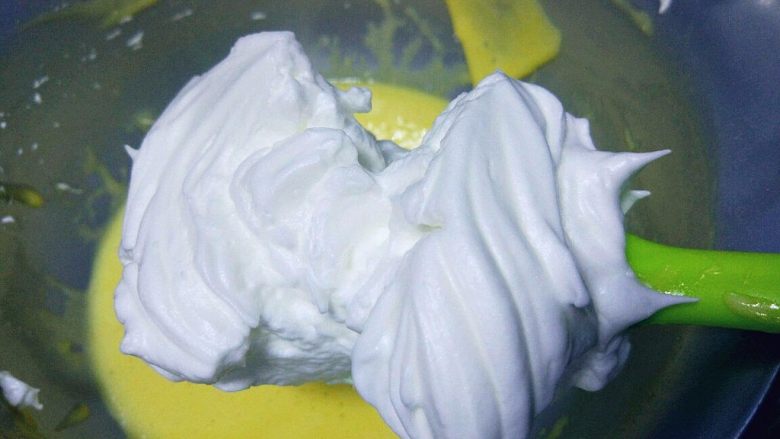
10. If it is difficult for a novice to judge, you can make it straight and short with sharp corners to avoid insufficient whipping and defoaming in the middle. Use a spatula to scoop up one-third of the egg whites and add to the egg yolk batter.
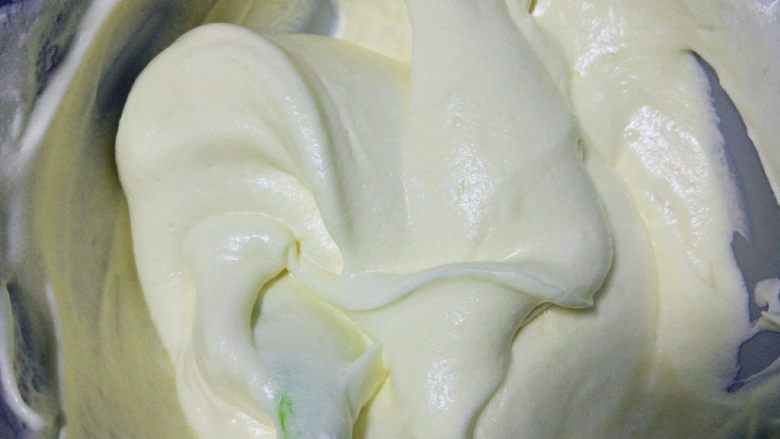
11. At this time, the protein is as shown in the picture, and it looks like a solid piece. Still in a cross pattern, turn the egg yolk batter from the bottom and use gravity to help mix.
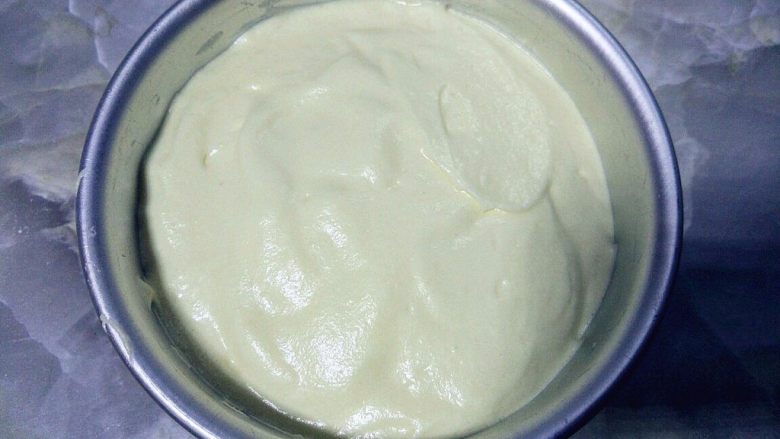
12. After mixing, it will be fine and viscous, and the volume will not be much different from before mixing. There are no white lumps of egg white, and there is no residual egg yolk paste at the bottom of the egg beating basin. Otherwise it will be defoaming. Pour into the mold and smooth the surface roughly
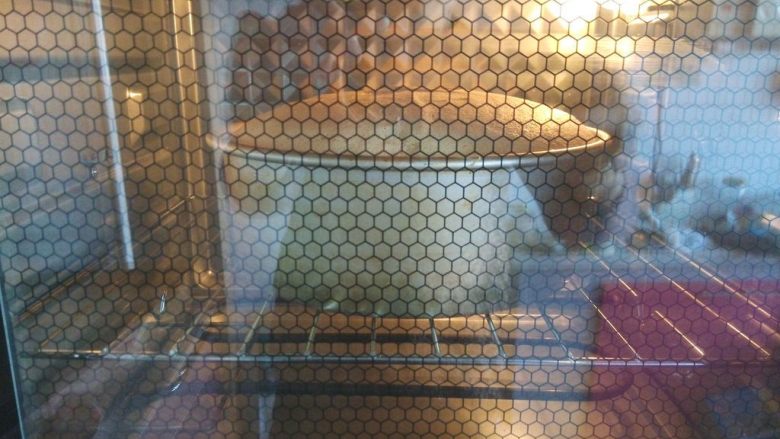
13. Hold the 80% full mold and shake it a few times to remove bubbles, then place it in the middle and lower layers of the preheated oven, heat up and down to 130 degrees, and bake for about 70-80 minutes.
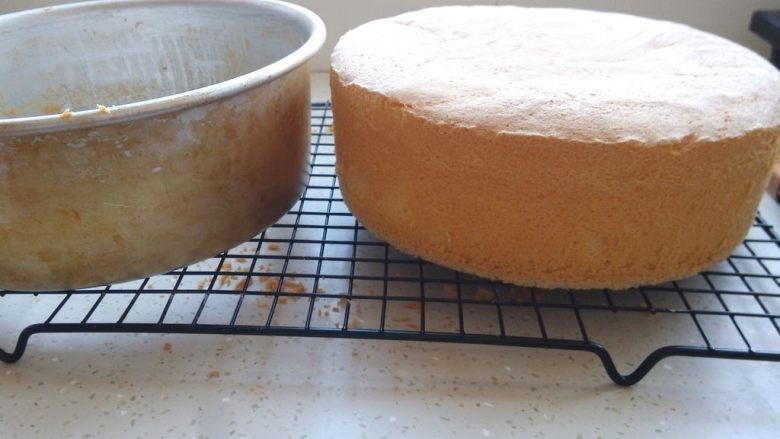
14. Halfway through baking, the surface should not be colored much and the top should be slightly bulging. Near the end, the top will be slightly lower than halfway, and the top will be basically flat again after being turned upside down.

15. After completion, take it out and place it upside down on the drying net, let it cool and release it from the mold. To demould, first, you can use a demoulding knife to scrape along the edge, with the bottom facing up. The second is to rub the edges directly with your hands. The cake texture will be very elastic
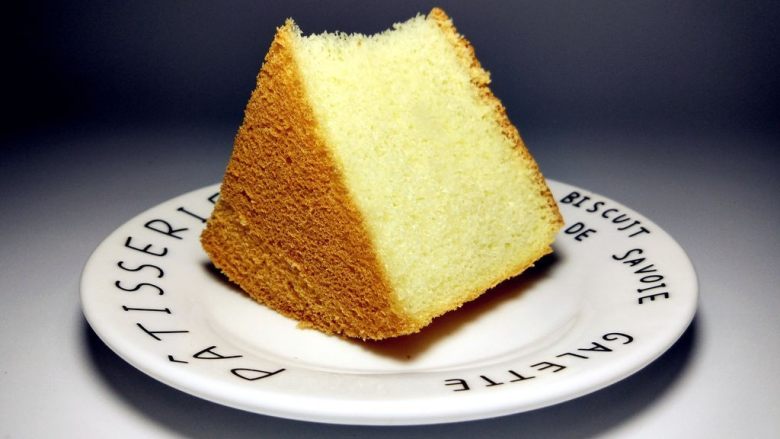
16. If the chiffon shrinks and collapses after it comes out of the oven, it is usually because the egg whites have not been beaten enough, or they have been cold before being cooked. So it’s best not to open the oven halfway.
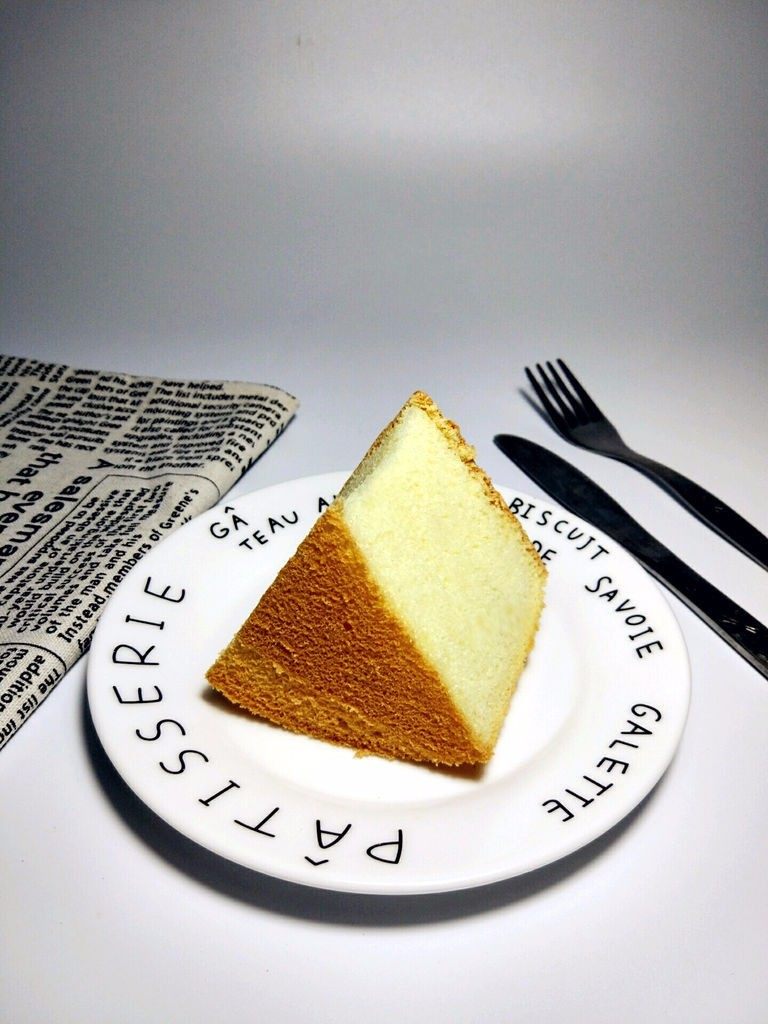
17. If you find a pudding layer after cutting it, it will have a thick, wet and sticky feeling, which means it is not cooked properly, the egg whites have not been beaten enough and have defoamed.
Tips
- 1. You can also pour it into a hollow chimney mold. Using a chimney mold is more suitable for novices because the inner and outer walls are heated at the same time, making it easier to cook. Be careful to pour the batter, not into the mold quickly. That will create a lot of big bubbles. In addition, the inner layer of the anode mold does not need to be treated in any way. Just keep it clean. Do not apply oil or anything like the silicone mold. The expansion of the chiffon cake is to adhere to the inner layer of the mold, and it relies on the support of the mold to climb up. If it is oiled, it will not be able to cling. 2. If the top of the chiffon cracks, it usually means that the heating power is too high, or the cake batter is not moist enough, or the starting temperature is too high, and the top bulges too quickly

